blog
Interview with featured photographer Anatoly Suzdaltsev
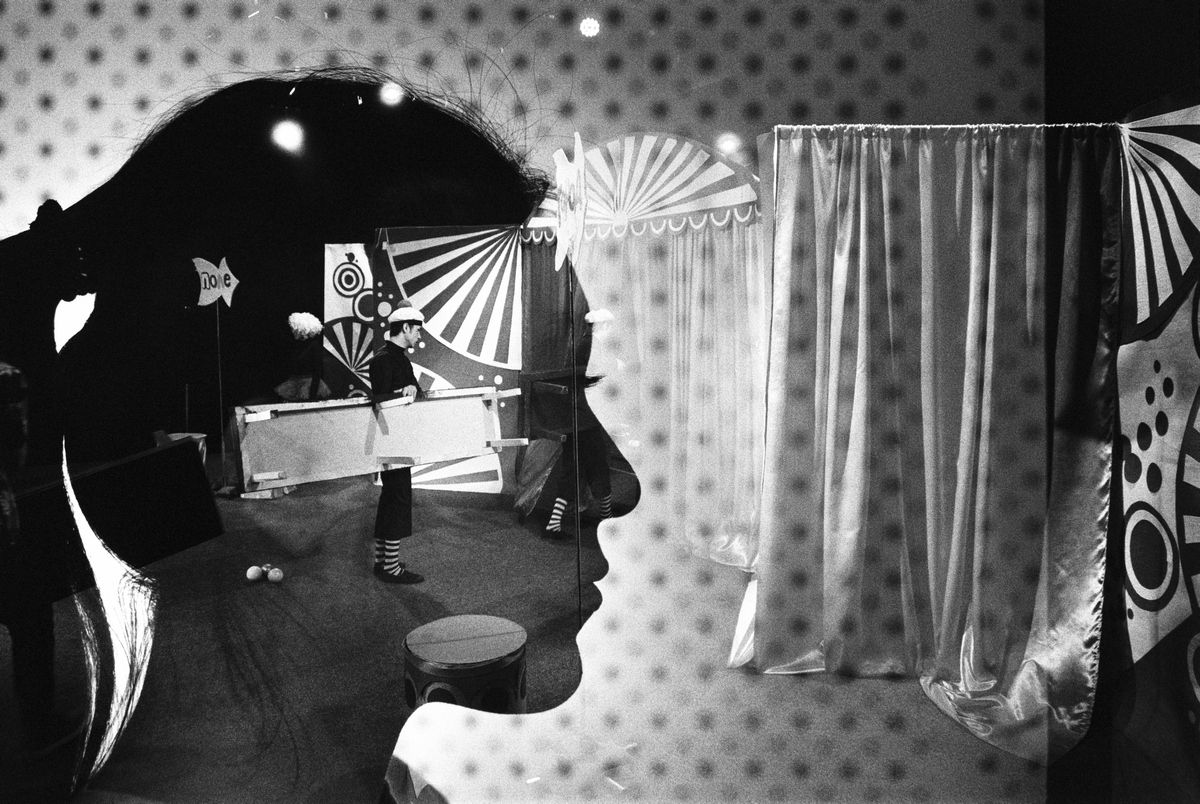
Total Theater ©Anatoly Suzdaltsev
After attending drama school and almost becoming an actor, Anatoly Suzdaltsev revisits the theater as a photographer in his project “Total Theater”. In this work, he investigates a small experimental theater in Almaty Kazakstan while bringing his own experiences and memories to the project. The images capture a layered view of the internal and external components that come together in a performance. Anatoly’s work is a blending of documentary and art photography bringing together reality and imagination.
::
F-Stop Magazine: Can you tell us a bit about yourself, how did you become involved in photography?
Anatoly Suzdaltsev (AS): I started taking photos in 2004 with an old Zorkiy-4 camera (a Soviet copy of the Leica II). Later, I bought a Minolta Dynax 5 and eventually a digital camera. For a long time, photography didn’t have much meaning for me — I was just taking pictures of everyday life and travels. Then I took a long break from it and only picked up photography again in 2021, going back to film and using the same cameras I had kept all those years.
At first, taking my camera on walks felt like meditation and relaxation. But this time, I started asking myself questions — why was I doing this? Do these photos matter to anyone, or are they just going to clutter up social media? That’s when I decided to study at the Fotografika Academy. There, I had a turning point: I began to see myself as a visual artist. I moved away from single images and started focusing on project-based photography, using the medium to create my own narrative. Now I see that my projects have an impact on people and the world.
‘Total Theater’ is one of the first projects I worked on during my studies at the academy with Vika Bykovskaya who was a curator of this project. So, in a way, I feel like I’ve truly been a photographer for just the past two years, since 2022. Thanks to Ekaterina Bogachevskaya, the founder of Fotografika Academy.
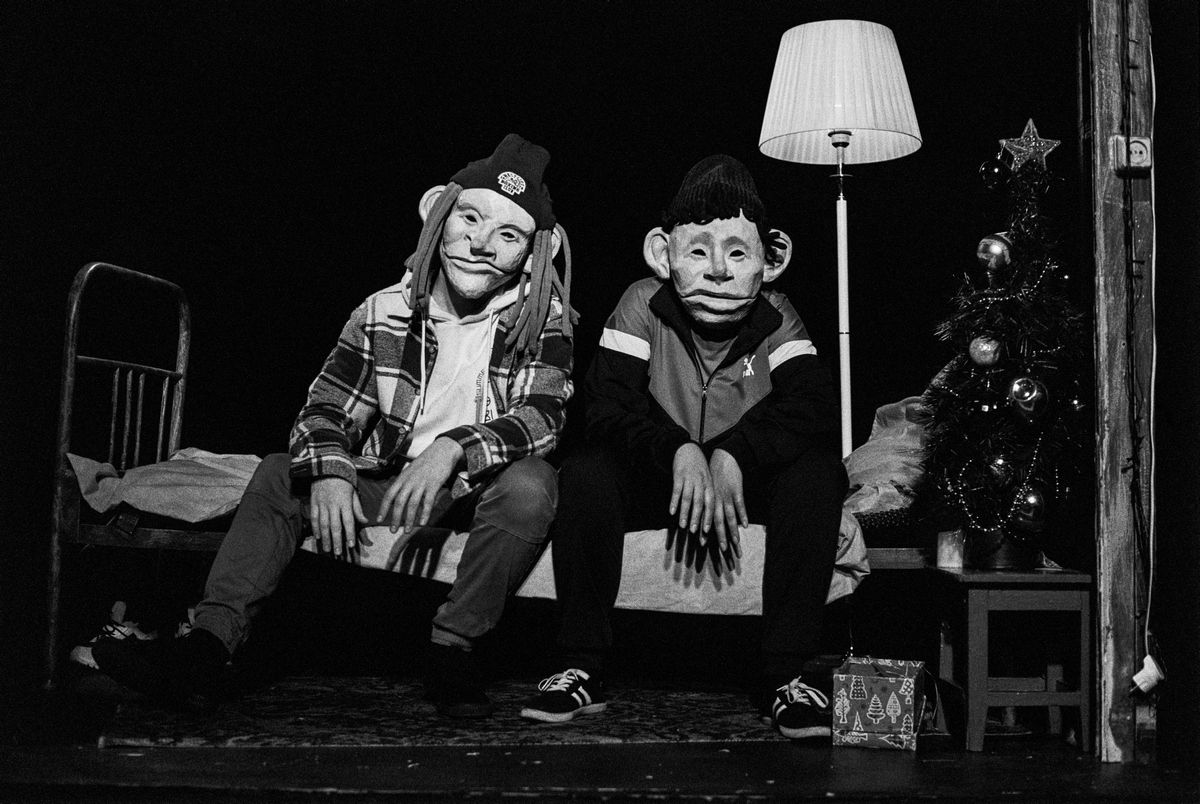
Total Theater ©Anatoly Suzdaltsev
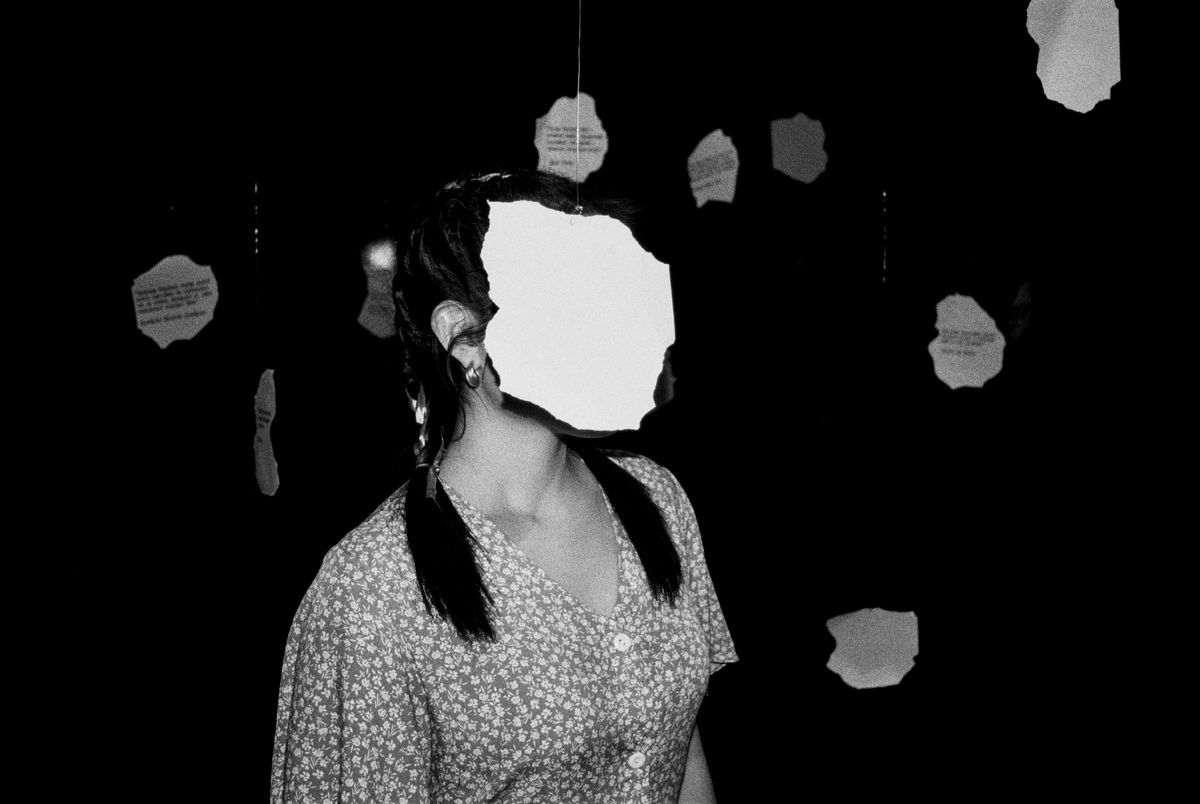
Total Theater ©Anatoly Suzdaltsev
F-Stop: The current issue of F-Stop Magazine includes images from your work “Total Theater,” can you tell us about this project?
AS: Twenty-five years ago, in 1998/1999, I attended a drama school and came quite close to becoming an actor. Although I made a different life choice, that experience significantly influenced my personality. Since then, the theater has been more than just a place to watch a play; it’s a community of diverse individuals, each harboring numerous hidden internal processes. In essence, the performance itself is only the external manifestation of the theater’s inner life.
In 2023, I embarked on my personal project-investigation, returning to the theater environment, this time as an external observer. I aimed to reevaluate my experiences and memories. This project was captured at the small experimental theater «Total Theater» in Almaty, Kazakhstan.
In this project, the boundary between the audience and the stage, between what happens before and after the performance, becomes blurred. The project has a cyclical nature, mirroring the rhythm of life in the theater – from piece reading and rehearsals to the moment when tired actors head home after the show. It represents a deeply personal perception of the theater, shared by both me and the project’s protagonists.
Now, it’s already history — the theater has changed significantly since then. The moment captured in this project was a turning point for the theater. There are new performances, and new actors now.
During the shoot, there were countless inexplicable coincidences and strange events. It felt as if the theater itself wanted to preserve that specific state, and I was merely a tool for it. I still maintain friendships with all the actors, and many of them agree that the project, in an unexplainable way, revealed the true essence of the theater. So, this project had a big impact on me — it solidified my belief in the mystical nature of art.
F-Stop: Does where you grew up or that you almost become an actor influence the way you work/create or how you see things?
AS: I think it’s actually the other way around — creativity has searched for different ways to express itself. At one point in my life, it was through theater. Even now, I read books to my kids in different voices, act out characters, and love performing or telling stories. Eventually, I realized that visual perception mattered most to me. I even tried learning how to draw, but photography ultimately became my chosen medium.
That said, my theater experience probably left its mark on my photography practice. A good photo project often feels more like a great play than real life. Unexpected encounters, moments of serendipity, signs of fate, or the sun suddenly lighting the scene like a professional stage setup — when all that starts happening, it’s as if the world is telling you a story. Your only job is to make sure your camera is ready, your film is loaded, and you’re willing to step outside.
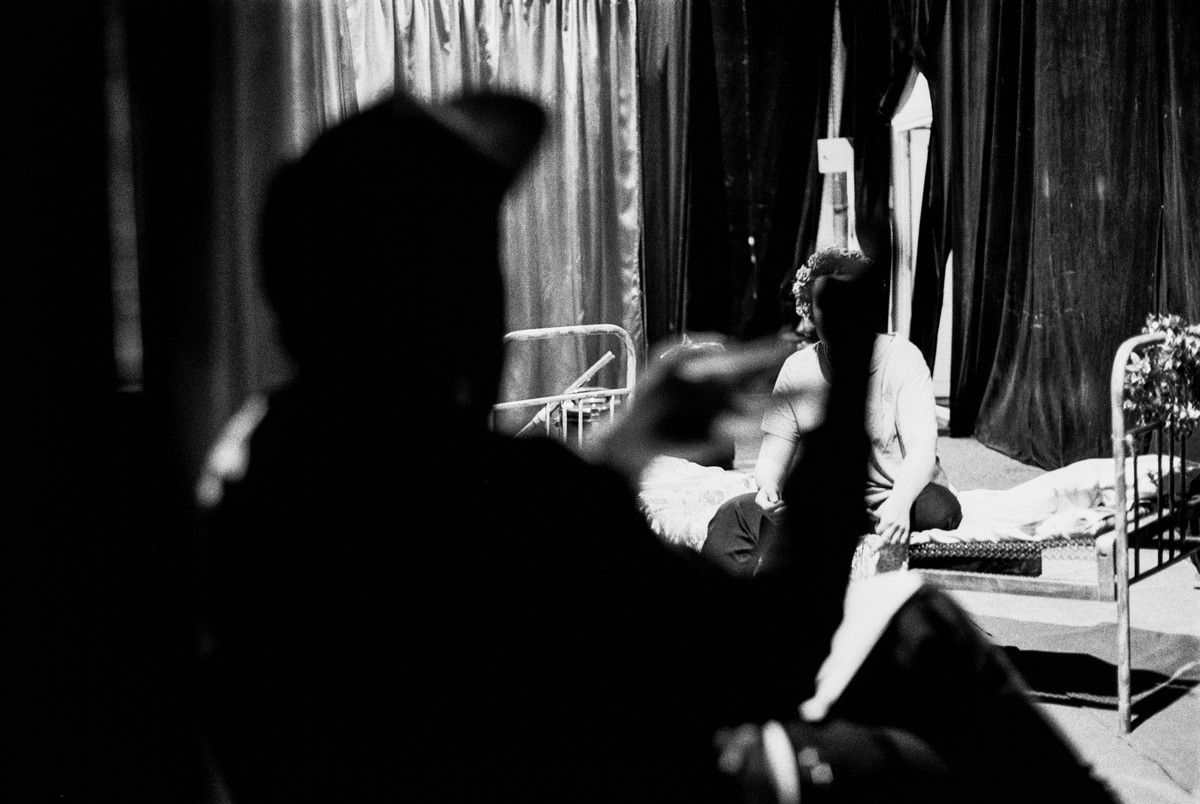
Total Theater ©Anatoly Suzdaltsev
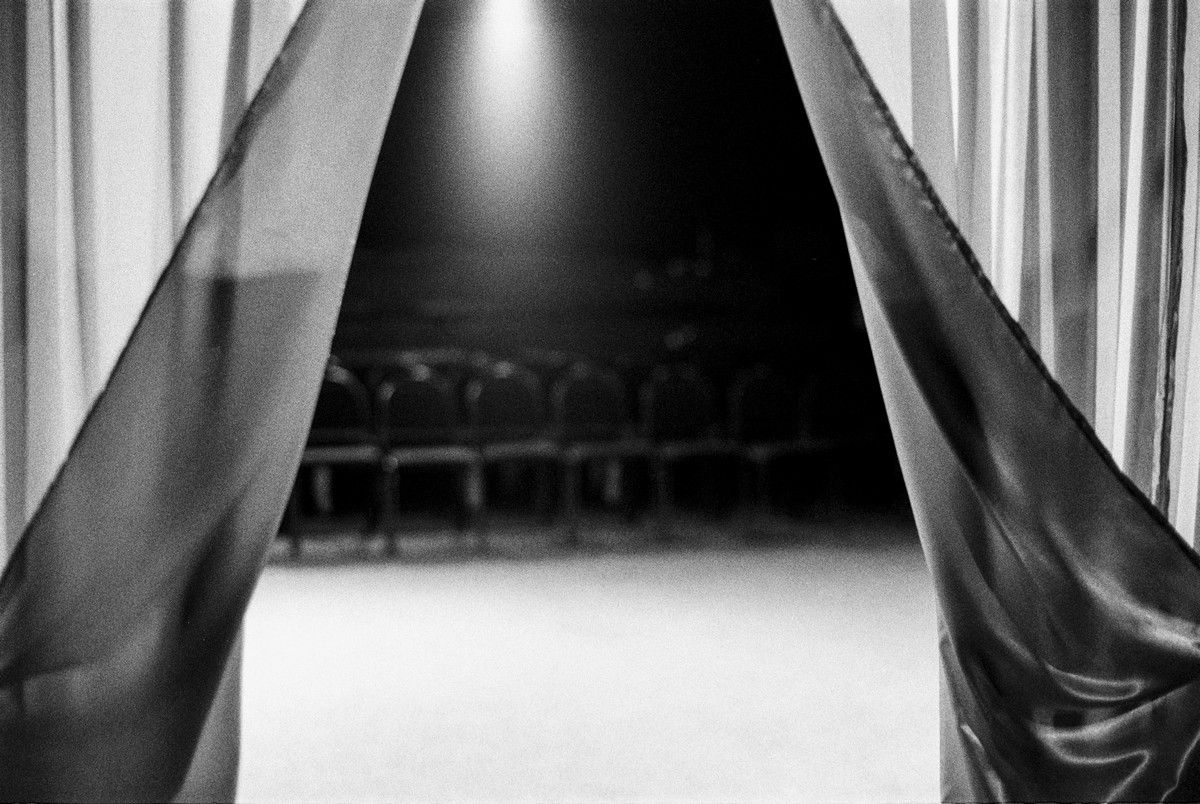
Total Theater ©Anatoly Suzdaltsev
F-Stop: Do you have a favorite image in this series?
AS: I shot 12 rolls for this project, which is over 400 frames. Then I selected 180 frames, and only 18 made it into the final selection for F-Stop publication and open calls. So, in a way, all the presented images are my favorites, but each one has something unique about it.
For example, the double exposure shots happened almost by accident — I shot one roll of film twice without paying much attention to the overlaps. But when I saw the results, the images somehow magically captured the inner worlds of the actors and events I wasn’t even aware of at the time of shooting. Shot with Janguir, after a children’s play where he played a hippo, sitting on chairs in the empty audience hall, symbolizes the emptiness and exhaustion that comes with transitioning back to yourself after embodying a character. And I could say something like this about every photo in the selection. That’s why they all feel special to me in their own way.
F-Stop: What do you hope people experience or feel when they look at your photographs or if not that, how do you strive to relate to an audience?
AS: Honestly, I don’t always think about this when working on my projects. What matters most to me is the connection between the work and my personal reflections and experiences. I don’t fully understand how an art created by one person can spark such unique emotions in someone else… I agree with Nelson Goodman’s theory that everyone creates their own unique world when engaging with art — that each viewer is, in a sense, also a creator.
For that reason, I don’t aim to guide the audience or evoke specific feelings. Instead, I try to provide a kind of key that can unlock their own reflections. So, I really have no idea what people experience or feel when they look at my photographs, but they often seem deep in thought.
F-Stop: Which artists or photographers most inform your creative practice? And Why?
AS: My list of favorite photographers is constantly growing and evolving as my creative practice develops. However, the most important ones for me are Fukase Masahisa, Anders Petersen, Michael Ackerman and Diane Arbus. Their photographs opened a ‘Door of Perception’ to another world for me. ‘Total Theater’ project also comes from that mysterious door. As I said before, I definitely have a tendency toward photo mysticism!
F-Stop: Are you working on any other projects currently?
AS: The work on ‘Total Theater’ is still ongoing. This year, I expanded the project by adding scanograms of theatrical props, mostly masks and puppets. I also designed a book that will include over 100 photographs, specially written texts, scanograms and other artifacts. A small trial self-published edition of the book will be ready in December 2024 – January 2025. With it, I plan to participate in several photobook competitions and open calls and donate a few copies to libraries worldwide. I’m a huge fan of photobooks myself, and, of course, I hope my book will be officially published in the future.
In addition, I’m currently working on a project tentatively titled ‘Vernost’. It’s a continuation of my ‘On Orbite’ project and focuses on one of Almaty’s districts, originally named Verniy (which means ‘faithful’ in translation). This district was where the city was founded in the 19th century, but today it’s largely forgotten, pushed out of public memory, and has become an unremarkable suburb.
I’m also developing a couple of other long-term projects, though they are still in their early stages. I always seem to have multiple projects running simultaneously, constantly switching between them. I never understand when people say they don’t know what project theme to choose — my head is always full of visions for new projects. In fact, I have more ideas than I’ll ever realistically be able to bring to life, but I always make sure to jot them down.
::
Anatoly Suzdaltsev is a visual artist and photographer. Born in 1980 in South Ural, he is currently based in Almaty, Kazakhstan and is a student at the Academy «Fotografika». Anatoly creates enigmatic worlds by blending documentary and art photography, weaving together objective reality with imaginative narratives and characters. He photographs with 35mm film and a digital camera while simultaneously experimenting with new tools, merging classical and contemporary techniques, basic reality and otherworldly vision. To see more of Anatoly’s work visit: suzdaltsev.art/
Location: Online Type: Black and White, Community, Featured Photographer, Interview
Events by Location
Post Categories
Tags
- Abstract
- Alternative process
- Architecture
- Artist Talk
- artistic residency
- Biennial
- Black and White
- Book Fair
- Car culture
- Charity
- Childhood
- Children
- Cities
- Collaboration
- Community
- Cyanotype
- Documentary
- Environment
- Event
- Exhibition
- Faith
- Family
- Fashion
- Festival
- Film Review
- Food
- Friendship
- FStop20th
- Gender
- Gun Culture
- Habitat
- Hom
- home
- journal
- Landscapes
- Lecture
- Love
- Masculinity
- Mental Health
- Migration
- Museums
- Music
- Nature
- Night
- nuclear
- p
- photographic residency
- Photomontage
- Plants
- Podcast
- Portraits
- Prairies
- Religion
- River
- Still Life
- Street Photography
- Tourism
- UFO
- Water
- Zine


Leave a Reply